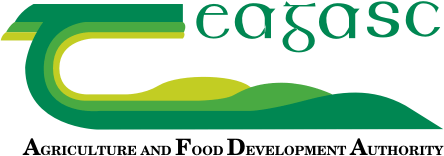Environment
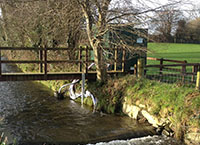
Pesticides and losses to water
Pesticides and losses to water What happens to pesticides after application? TEAGASC researchers have monitored the concentrations of commonly used herbicides in two agricultural river catchments as a part of the EU Horizon 2020-funded WaterProtect. Per-Erik Mellander, Catchment Scientist, has details of this on-going monitoring Monitoring in the Agricultural Catchments Programme Modern […]
25 March 2021
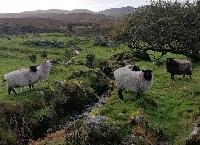
Best practice on spent sheep dip and footbath solutions
Best practice on spent sheep dip and footbath solutions The practice of sheep dipping in summer or winter or both, is an important annual practice on sheep farms. Sheep dips, such as Organophosphates and Pryrethroids, are extremely effective but must be safely disposed of afterwards to protect aquatic life, as Shaun Roarty, […]
25 March 2021
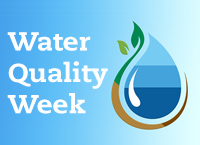
Wetlands and Water
Wetlands and Water A combination of geology and abundant rain has endowed Ireland with an extraordinary array of wetlands covering some 20% of the country. Functional wetlands are among our most productive environments providing a vast array of eco-system services. ASSAP advisor Mary Roache has more information Most of our wetlands occur […]
25 March 2021
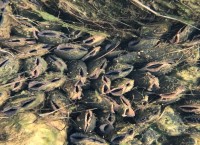
Water Quality and the Freshwater Pearl Mussel
Water Quality and the Freshwater Pearl Mussel The freshwater pearl mussel (Margaritifera margaritifera) is a large filter-feeding bivalve. European freshwater pearl mussel populations have declined by 90 % over the past century. Mary McAndrew, Catchment Officer Pearl Mussel Project gives information on this long lived creature. Freshwater pearl mussels are extremely long […]
25 March 2021

SMARTER_BufferZ
SMARTER_BufferZ Riparian buffer zones are patches of land adjacent to rivers, streams and drains, removed from intensive production. When designed correctly, they play a significant role in the reduction of diffuse inputs from agriculture entering our waterbodies. Buffer zones provide a variety of environmental and ecological services, including: a habitat for biodiversity […]
24 March 2021
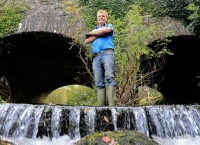
The Caha Project
The Caha Project The Caha Project is a project where nine farmers have come together to protect a section of their local river. This length of river is particularity important as it has been identified as having a High Status Objective and is a Priority Area for Action under the Water Frameworks […]
24 March 2021

Drainage Maintenance to protect Water Quality
Drainage Maintenance to protect Water Quality Ireland lies in a temperate zone where the main role of drainage is the removal of excess water in the root zone of crops from surplus rainfall, improving land trafficability and increasing productivity. Meabh O’Hagan, ASSAP Advisor and Niall McLoughlin, Lakeland Dairies has some advice. When […]
24 March 2021
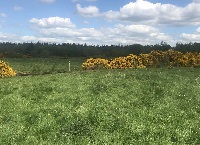
Phosphorus Use on Peat Soils
Phosphorus Use on Peat Soils A recent analysis conducted by the Teagasc Rural Economy and Development programme indicates that approximately 6% of the country (420,000 Ha) is made up of cultivated peats across a wide range of farming intensities. Fiona Doolan, ASSAP Advisor Kildare/Laois, discusses Phosphorus Use on Peat Soils A recent […]
24 March 2021
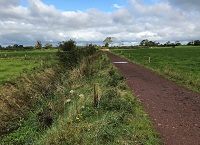
Managing farm roads to protect water quality
Managing farm roads to protect water quality Farm roadways are an essential piece of infrastructure on most livestock farms and in particular dairy farms. Under new Nitrates rules there shall be no direct runoff of soiled water from farm roadways to waters from 1st January 2021. Padraig Fitzgerald, Teagasc Advisor lists the […]
24 March 2021
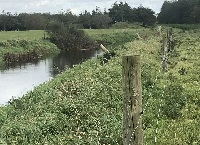
What is a Riparian Margin & what can it do for Water Quality?
What is a Riparian Margin & what can it do for Water Quality? A Riparian Margin is the land that runs alongside our rivers and streams. Here, Fiona Doolan, Teagasc ASSAP Advisor, Co. Laois, talks about a variety of riparian margins. She explains the benefits of a riparian margin on water quality […]
24 March 2021
